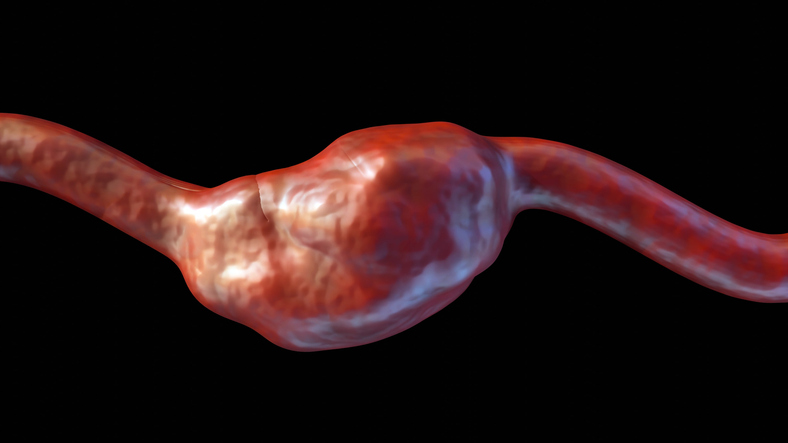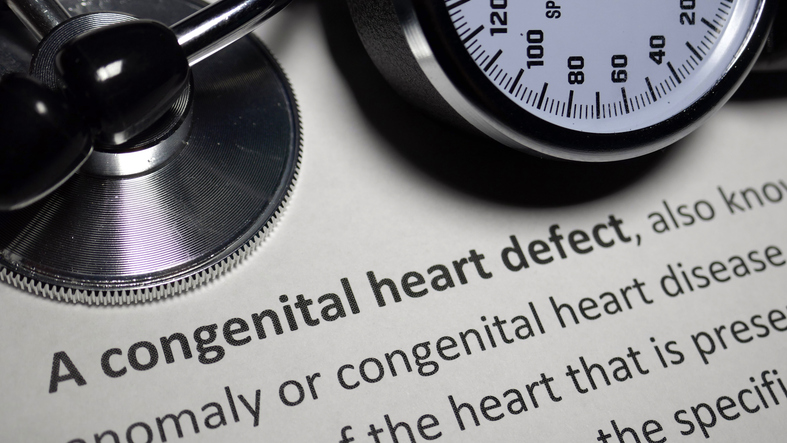
A new study found that advanced heart failure (HF) and sudden cardiac death (SCD) account for an important portion of all deaths occurring after transcatheter aortic valve replacement (TAVR).1
TAVR has shown a favorable risk-benefit profile compared with surgical aortic valve replacement across the entirety of the surgical risk spectrum and has overtaken surgery as the dominant strategy in the management of severe aortic stenosis. However, as TAVR is increasingly offered to younger and lower-risk patients with longer life expectancies, scrutiny of long-term outcomes has become increasingly important. Defining post-TAVR adverse outcomes and their risk factors may help guide patient selection and support shared decision-making.
In a recent issue of the Journal of the American College of Cardiology: Cardiovascular Interventions, Mesnier et al published the causes of death following TAVR with newer generation valves (75.7% balloon-expandable and 24.3% self-expandable valves) in 5421 patients from a multicenter, retrospective cohort (November 2014 to May 2021). Mean patient age was 80.5 +/− 7.7 years, and 44.1% were women. Patients had a mean Society of Thoracic Surgeons Predicted Risk of Mortality score at 30 days of 5.2% +/− 4.1%. Transfemoral access was used in 89.3% of cases, and 6.3% of patients received valve-in-valve TAVR. Complications included moderate or severe aortic regurgitation in 5.4% of patients, new-onset persistent left bundle-branch block (LBBB) in 14.4%, and new permanent pacemaker implantation in 20.0%. Within 30 days, death had occurred in 2.4% of patients, stroke in 2.3%, and myocardial infarction in 0.9%.
Causes of death were defined according to local clinicians rather than by central adjudication. After a median follow-up of 2 years, nearly 1 in every 5 patients had died (n=976; 18%). Half of these deaths were from cardiovascular causes. Advanced HF and SCD were responsible for 11.6% and 7.5% of all deaths, respectively.
Predictors of HF-related death included atrial fibrillation (hazard ratio [HR], 2.17; 95% CI, 1.47-3.22; P<.001), prior pacemaker (HR, 1.79; 95% CI, 1.10-2.92; P=.01), reduced left ventricular ejection fraction (LVEF; HR, 1.08 for every 5% decrease; 95% CI, 1.01-1.14; P=.02), transapical or transaortic access (HR, 2.50; 95% CI, 1.37-4.55; P=.003), and new-onset persistent LBBB (HR, 1.85; 95% CI, 1.14-3.02; P=.01). Of interest, reduced LVEF at baseline and decrease in LVEF during follow-up were significant predictors of death by advanced HF (HR, 2.98 and 3.05, respectively) in patients with new-onset persistent LBBB who died, indicating a potential role for cardiac resynchronizing therapy in select patients.
Predictors of SCD included diabetes mellitus (HR, 1.81; 95% CI, 1.13-2.89; P=.01), chronic kidney disease (HR, 1.72; 95% CI, 1.02-2.90; P=.04), valve-in-valve TAVR (HR, 2.17; 95% CI, 1.01-4.64; P=.04), non-transfemoral arterial access (HR, 2.23; 95% CI, 1.23-4.48; P=.01), and periprocedural ventricular arrhythmia (HR, 7.19; 95% CI, 2.61-19.76; P<.001).
As an observational experience, these predictive variables are associations and not necessarily causal of HF or SCD death following TAVR. As such, the current data do not imply an ability to modify mortality risk through mitigation of these risk factors. Rather, knowledge of the rates and causes of death following TAVR, as well as the associative factors, may help improve patient selection, guide shared decision-making, and identify patients who may benefit from closer follow-up.
Reference
- Mesnier J, Ternacle J, Cheema AN, et al. Cardiac death after transcatheter aortic valve replacement with contemporary devices. JACC Cardiovasc Interv. 2023;16(18):2277-2290. doi:10.1016/j.jcin.2023.07.015







 © 2025 Mashup Media, LLC, a Formedics Property. All Rights Reserved.
© 2025 Mashup Media, LLC, a Formedics Property. All Rights Reserved.